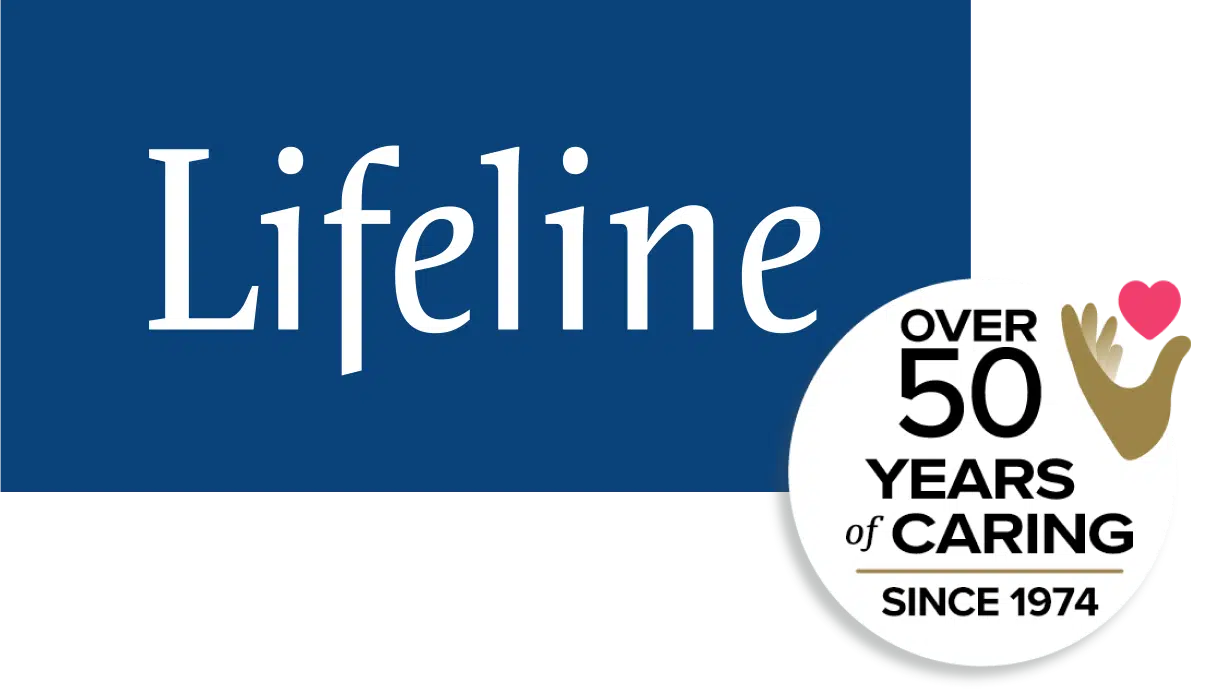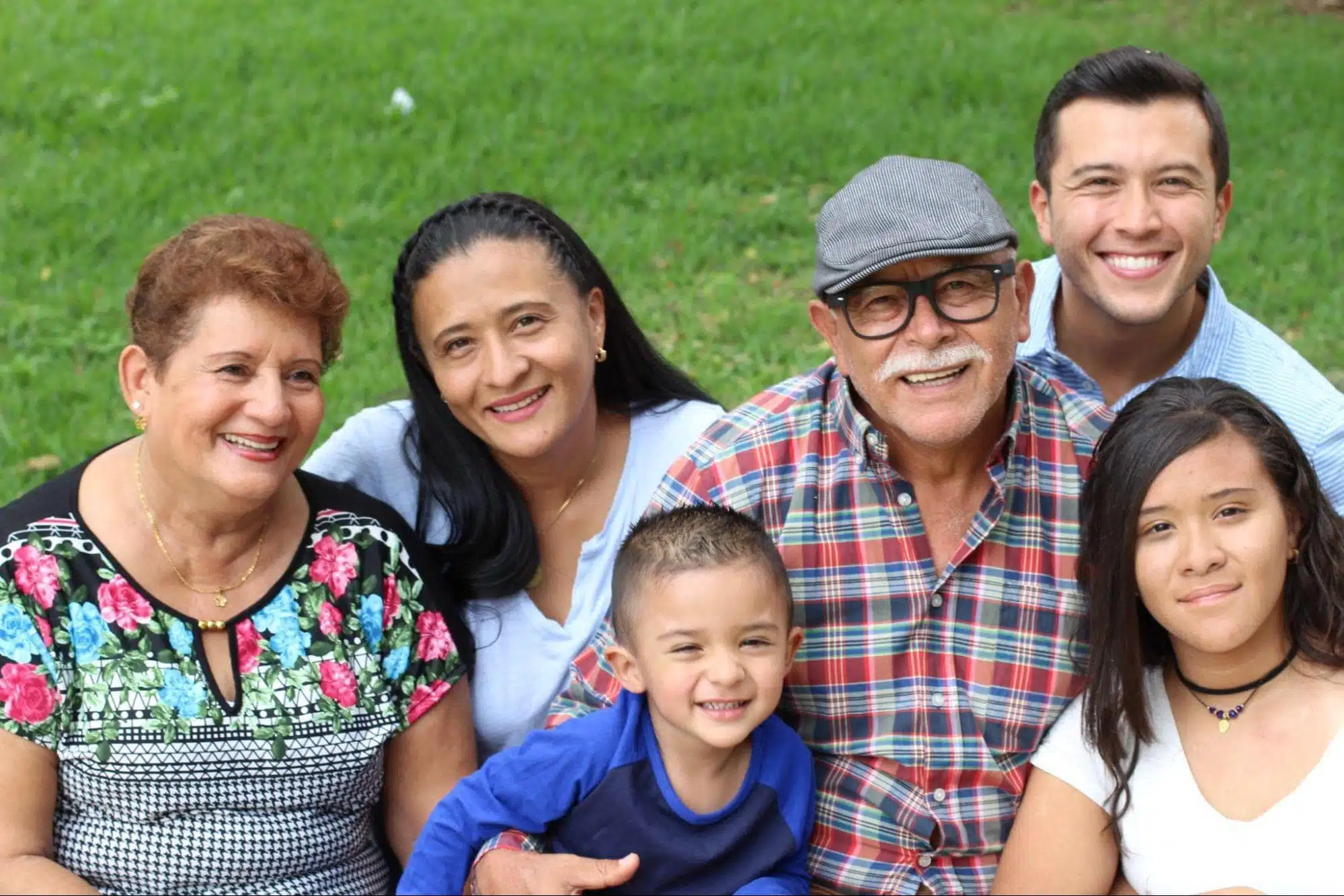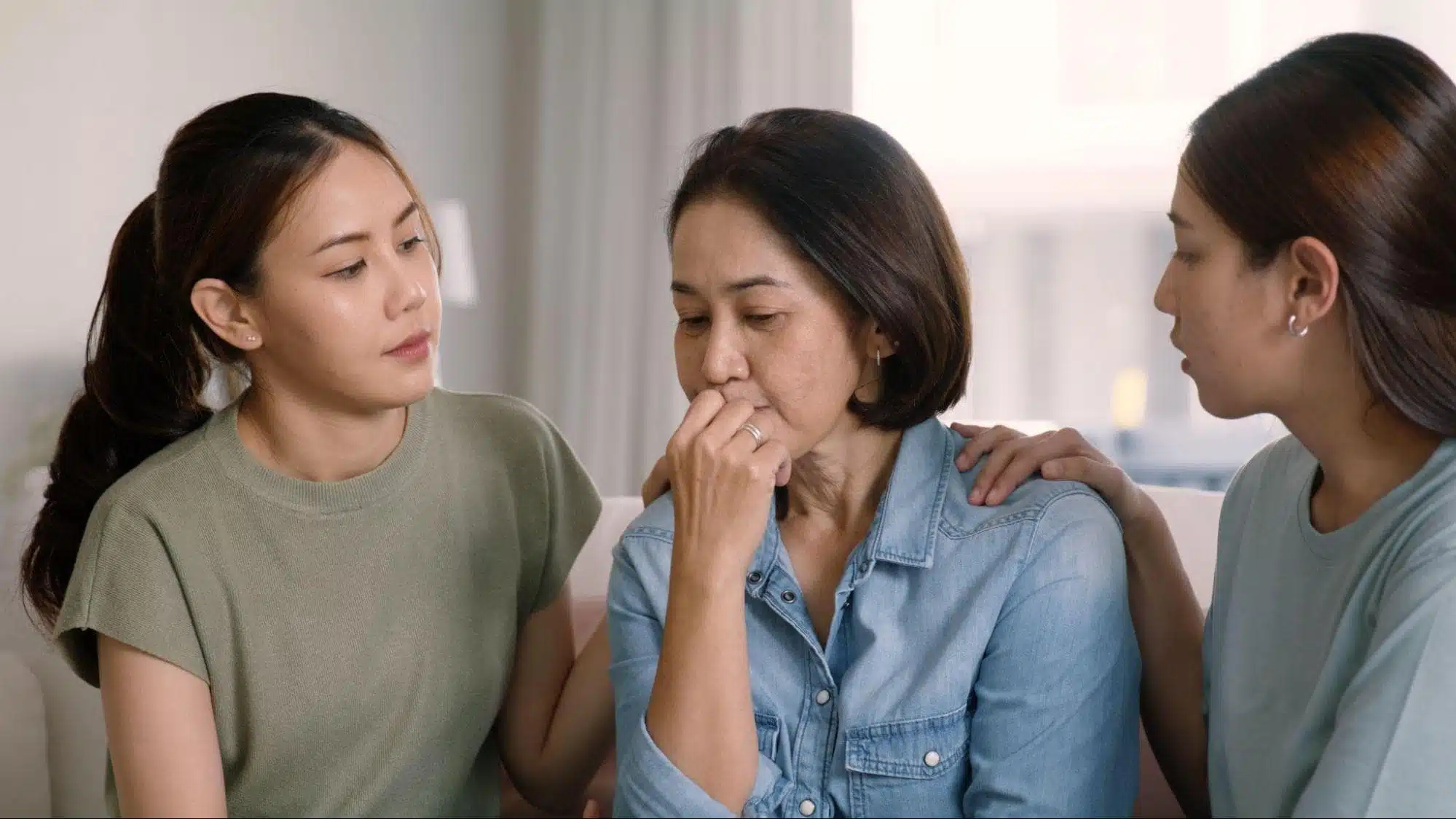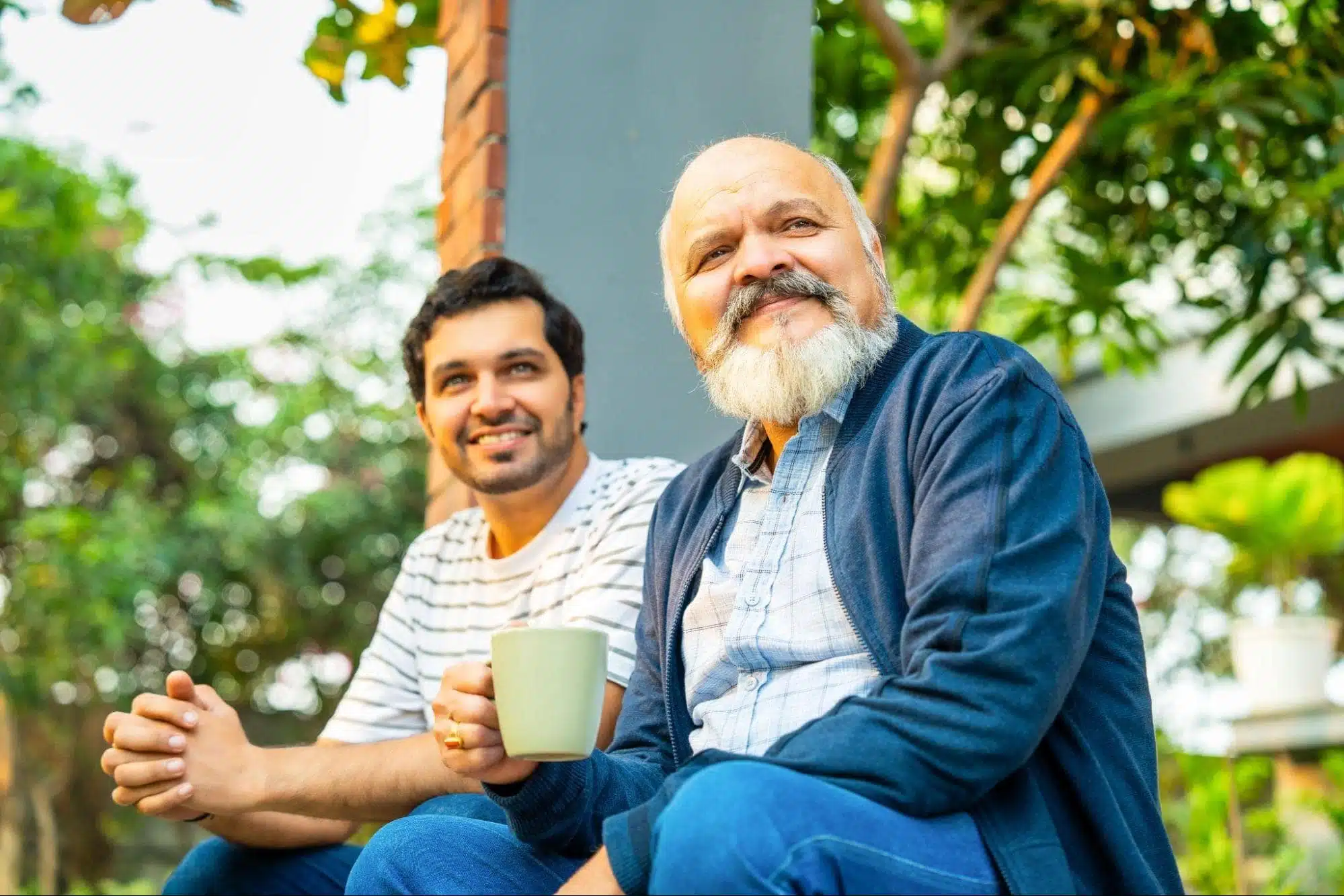Caring for a loved one is always a profound responsibility, but for first-generation caregivers supporting family members not native to Canada, the journey comes with unique complexities. From bridging cultural differences to navigating language barriers, these caregivers must balance the demands of eldercare with maintaining their family’s cultural traditions.
This guide is a resource for first-generation caregivers, offering practical advice and tools to manage the challenges of caregiving while respecting cultural values. By fostering cultural sensitivity, addressing language barriers, and exploring resources, caregivers can confidently support their loved ones while honouring their heritage.
Understanding Cultural Sensitivity
Cultural values and traditions significantly influence caregiving roles, especially within immigrant families. For many, caregiving is deeply tied to family duty, often guided by traditions that may differ from Canadian eldercare norms. These expectations can shape the caregiver’s role, sometimes creating additional emotional or logistical pressures.
Caregiving Traditions and Perceptions of Eldercare
In many cultures, caregiving for aging loved ones is deeply intertwined with family duty and is often considered a moral or cultural obligation. This can create significant emotional and logistical challenges for first-generation caregivers navigating eldercare in Canada.
For instance, in cultures where multigenerational living is common, caregiving may be seen as an extension of family life rather than a separate responsibility. This contrasts sharply with the Canadian approach, which frequently integrates external resources like home care services or assisted living facilities.2. Ask Satisfied Customers for Reviews
Encourage happy customers to share their experiences by leaving reviews. Make it simple—send a follow-up email, include a review request in receipts, or add a link to review platforms on your website.
Statistics Canada highlights that seniors from immigrant backgrounds face unique health disparities, particularly due to cultural and systemic barriers in accessing healthcare services. For caregivers, this often means not only providing physical and emotional support but also acting as intermediaries to help their loved ones navigate an unfamiliar healthcare system.
Such differences can lead to internal conflict for caregivers. They may struggle to honour traditional caregiving norms while recognizing the practical benefits of modern eldercare options. For example:
- Stigma around professional caregiving: Some families may view using services like home care aides or assisted living as neglectful or impersonal.
- Cultural emphasis on family-based care: Loved ones may expect all caregiving to be handled by immediate or extended family members.
- Guilt or shame for adapting traditions: Caregivers may feel they are betraying their cultural identity by choosing modern caregiving solutions.
First-generation caregivers often find themselves in the delicate position of mediating between their family’s cultural ideals and the realities of caregiving in Canada. Balancing these expectations requires sensitivity, self-awareness, and a willingness to adapt to changing circumstances. Success in this area often involves carefully blending the strengths of both traditional and modern caregiving methods, ensuring that loved ones receive the best possible care.
Bridging Generational and Cultural Divides
Generational and cultural differences can pose additional hurdles in caregiving. Elderly family members who grew up in a different cultural context may hold tightly to beliefs and practices that feel unfamiliar—or even outdated—to their caregivers. For instance, seniors may prioritize traditional remedies or cultural rituals over medical advice, which can create tension when caregivers attempt to integrate Canadian healthcare practices into their loved one’s care.
A research article titled Successful Aging among Immigrant and Canadian-Born Older Adults: Findings from the Canadian Longitudinal Study on Aging (CLSA) highlights that immigrant seniors often experience unique challenges related to aging, such as a greater reliance on family support and lower social integration compared to Canadian-born older adults. These factors can influence how caregiving is perceived within immigrant families, with seniors sometimes holding more traditional views on family roles and eldercare. This can lead to disagreements about caregiving methods, especially when balancing cultural expectations with the realities of healthcare in Canada.
Common Areas of Generational Conflict
- Healthcare decisions: Seniors may prefer natural remedies or cultural health practices, while caregivers focus on modern medical treatments.
- Lifestyle adaptations: Elders may resist changes such as installing medical alert systems or reorganizing their living spaces for safety, viewing these as unnecessary or intrusive.
- Autonomy and independence: Caregivers might want to be more involved in day-to-day activities to ensure safety, while seniors may see this as a loss of independence.
The CLSA findings also underscore that immigrant seniors often maintain higher levels of cultural identity, which can deepen generational divides when caregivers—especially those raised in Canada—incorporate caregiving practices that seem less culturally aligned.
The key to overcoming these challenges lies in open communication. Conversations that focus on understanding each other’s values and needs can help align perspectives. For example, caregivers can involve their loved ones in decisions about their care, giving them a sense of control while subtly introducing new approaches. A shared focus on mutual respect and well-being can ease tensions and foster a more collaborative relationship.
The CLSA findings also emphasize that successful aging depends on modifiable lifestyle and health-related factors, such as physical activity, chronic disease prevention, and fall prevention. Tools like medical alert systems with automatic fall detection, such as those offered by Lifeline Canada, can play a vital role in reducing outcomes from falls and ensuring rapid emergency response. By addressing these risks and incorporating proactive measures into caregiving routines, caregivers can help their loved ones maintain their independence, stay active, and age successfully.
Discover how Lifeline Canada’s fall detection solutions can support your caregiving journey.
Strategies for Fostering Understanding
Successfully navigating cultural and generational divides requires deliberate strategies to foster understanding and respect.
Adapting Caregiving Methods
Caregivers can modify their approach to incorporate cultural traditions while introducing new, evidence-based practices. For example:
- Preparing culturally significant meals that meet their loved one’s dietary needs.
- Including cultural rituals or practices, such as prayer times or traditional holidays, in the caregiving routine.
- Encouraging hobbies or activities that connect seniors with their cultural roots, such as music, storytelling, or craftwork.
This approach not only preserves important traditions but also builds trust, as loved ones see their caregivers respecting their heritage.
Setting Respectful Boundaries
Maintaining clear, respectful boundaries is essential to avoid burnout and frustration. Some tips for setting boundaries include:
- Being upfront about what is feasible as a caregiver, whether related to time, finances, or personal energy.
- Discussing caregiving roles with extended family to ensure the workload is shared fairly.
- Gently explaining to seniors when traditional practices may no longer be safe or practical, such as in cases of mobility issues or chronic health concerns.
Working with Healthcare Providers
Healthcare providers can play an essential role in bridging cultural divides. Caregivers can advocate for their loved ones by:
- Explaining cultural beliefs and practices to healthcare professionals so they can offer culturally sensitive care.
- Requesting interpreters or multilingual staff to ensure clear communication during appointments.
- Encouraging providers to incorporate culturally appropriate treatments or rituals when possible.
By combining these strategies, caregivers can navigate the complexities of eldercare with a balance of cultural sensitivity, practicality, and compassion. This fosters a caregiving environment where both caregivers and their loved ones feel valued and supported.
Navigating Language Barriers
For many immigrant seniors, language differences create significant challenges in their everyday lives, particularly when it comes to managing healthcare. When seniors are unable to clearly describe their symptoms or fully understand a doctor’s instructions, the risk of miscommunication increases significantly. This can result in delays in treatment or even incorrect diagnoses. Beyond the doctor’s office, language barriers can make it difficult to navigate government services, complete important paperwork, or even connect socially within the community.
The emotional toll of these barriers can also be profound. Seniors who struggle to communicate may withdraw from social activities, leading to isolation and loneliness. Over time, this isolation can impact mental health, resulting in feelings of depression or a sense of disconnection from their community.
Practical Solutions for Caregivers
Caregivers can address these challenges using a variety of practical solutions:
- Translation Tools: Apps like Google Translate or dedicated medical translation tools can assist with everyday communication.
- Bilingual Support: Seek out healthcare providers or community members who speak your loved one’s preferred language.
- Language Classes: Encourage seniors to participate in local language classes or cultural conversation circles to build confidence.
- Accessible Medical Alerts: Use safety devices like medical alert systems that accommodate multilingual users to ensure effective emergency responses.
By employing these tools and strategies, caregivers can bridge communication gaps, helping their loved ones feel more confident and supported while reducing the stress associated with language barriers.
Resources and Support for Caregivers
First-generation caregivers do not have to navigate these challenges alone. Canada offers numerous resources designed to support caregivers in immigrant families.
Culturally Specific Caregiving Support
Across Canada, many community organizations offer culturally specific services for immigrant families. These services may include counselling sessions, respite care, and cultural programming designed to make seniors feel more at home. For example, a senior might join a cultural cooking group or participate in religious gatherings, which helps them maintain their traditions while staying engaged. Faith-based organizations also play a key role in fostering a sense of belonging and providing guidance to both seniors and caregivers.
Government Programs for Seniors
Federal and provincial governments provide a variety of services that can alleviate some of the pressures of caregiving. Subsidized home care programs, financial assistance, and even translation services can help caregivers access the support they need. Additionally, some provinces offer specific guides to help immigrant families navigate the healthcare system, making it easier to locate senior-friendly services and understand available benefits.
Building a Caregiving Network
No caregiver should feel like they need to handle everything on their own. A strong support network can make all the difference:
- Family and friends can share caregiving responsibilities, such as running errands, preparing meals, or simply spending time with seniors to ease the caregiver’s workload.
- Caregiver support groups provide emotional encouragement and practical advice by connecting people with similar experiences.
- Tools like Lifeline Canada’s medical alert systems can offer caregivers peace of mind, knowing their loved ones have 24/7 access to emergency assistance.
By tapping into these resources, caregivers can focus on providing compassionate and effective care without feeling overwhelmed by the demands of their role.
Navigating Healthcare with Confidence
Understanding how Canada’s healthcare system works is essential for providing effective care. Caregivers should familiarize themselves with:
- The healthcare rights and benefits available to seniors, including insurance coverage and subsidized services.
- Culturally sensitive care options that align with their loved one’s traditions and beliefs.
Advocating for these needs when speaking with healthcare providers ensures seniors receive the best possible care while respecting their cultural values.
With these tools and resources, caregivers can feel more empowered to provide seamless, effective support, allowing their loved ones to age with dignity and security.
Embracing the Journey of Caregiving Across Cultures
Caring for loved ones not native to Canada is both challenging and rewarding. By navigating cultural differences with sensitivity, addressing language barriers, and tapping into available resources, caregivers can provide meaningful support that honours their loved ones’ heritage.
The journey of caregiving across cultures is an opportunity to deepen family connections and celebrate traditions while embracing the tools and systems that make caregiving more manageable. At Lifeline Canada, we want to help make the journey a little easier with medical alert technology that supports your and your loved one’s needs. Contact us today to learn more about our devices.
What You Should Do Now:
Here are 5 ways we can help you or your loved one live safer and more independently at home as long as possible:
- Get our latest tips, tools and resources straight to your inbox. Sign up for our monthly newsletter.
- Not sure if the time is right for a medical alert service? Take this quick assessment to find out.
- If you would like to learn how to live a healthier and safer lifestyle, go to our blog or visit our resources section, where you can read and download guides.
- Wondering which medical alert system company is the best for your needs? We’ve put together a guide comparing the best medical alert systems for you.




